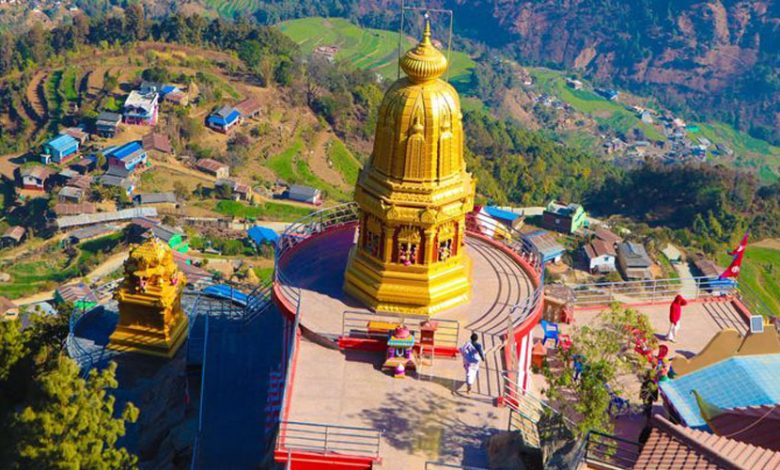In a significant development at Panchakot, a 135-foot-tall Kalash is set to be constructed, alongside the establishment of a food donation area. This decision was made during the recent World Peace Gandaki Assembly held on Saturday. Madhav Upadhyay, General Secretary of the Panchakotdham Management Committee, confirmed that preparations are underway for the creation of this food donation area. The initiative will be spearheaded by a committee led by Indranath Acharya.
Jagannath Acharya, Chairman of the Panchakotdham Management Committee, elaborated on the plan, stating, “Devotees traveling to Muktinath will have the option to stay here and receive free meals. We aim to enhance the infrastructure and make it a reliable center for the public.”
The development of Panchakot has been ongoing for the past decade, with the area being named by combining Carikot, Rairaykot, Majhkot, Tarajalakot, and Sansarkot. This region has been gradually developing its religious and tourism infrastructure. In January, more than NPR 110 million was collected through a Dhananchal campaign, which will now be used to begin infrastructure development, according to Ward Chairman Rudra Bahadur KC.
In addition to these plans, the assembly also decided to launch a nationwide campaign to protect the sacred Kaligandaki River and its surrounding civilization. This campaign, part of the 30th edition of the monthly World Peace Gandaki Assembly, will focus on raising public awareness and preserving the river’s heritage. Efforts will include cleaning the Kaligandaki River, protecting the sacred Shaligram stones, and preventing further exploitation of the river.
The campaign will extend from Damodar Kund to Tribeni, encompassing various districts, provinces, and municipalities. Although previous assemblies were only held in Baglung, Tanahun, and Pokhara, the scope will now expand to a broader geographical area. Concerns were raised during the assembly about the ongoing exploitation of the river, particularly during the monsoon months of Ashar, Shrawan, and Bhadra, despite legal restrictions.
Taranath Sharma, a member of the assembly, emphasized the importance of preserving the river’s civilization and watershed areas, warning that failure to do so would jeopardize human life itself. He also noted the potential for significant revenue generation through the development of Gandaki’s various tourist areas, stressing the need to halt the river’s exploitation.






